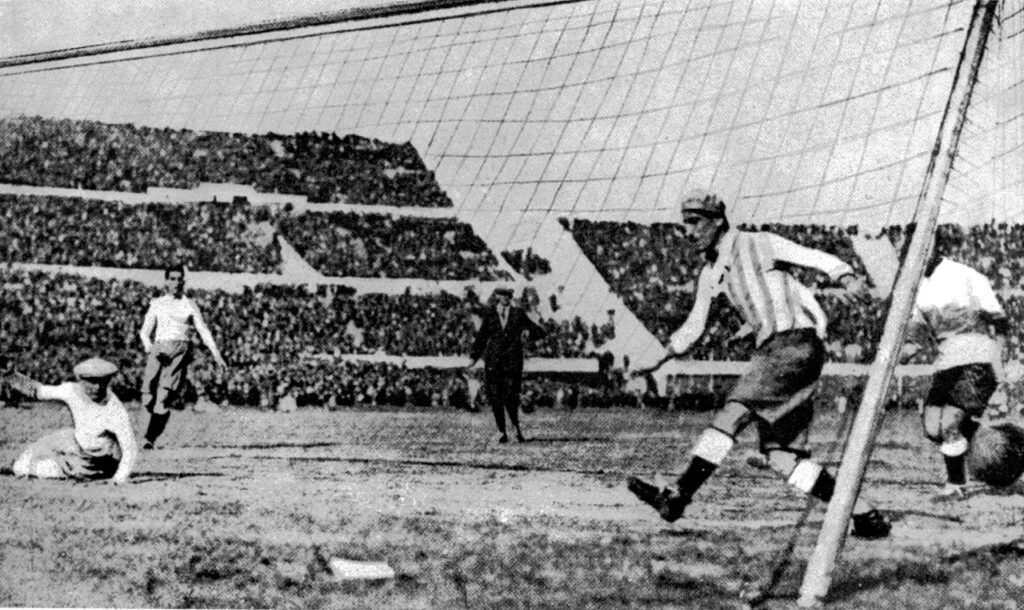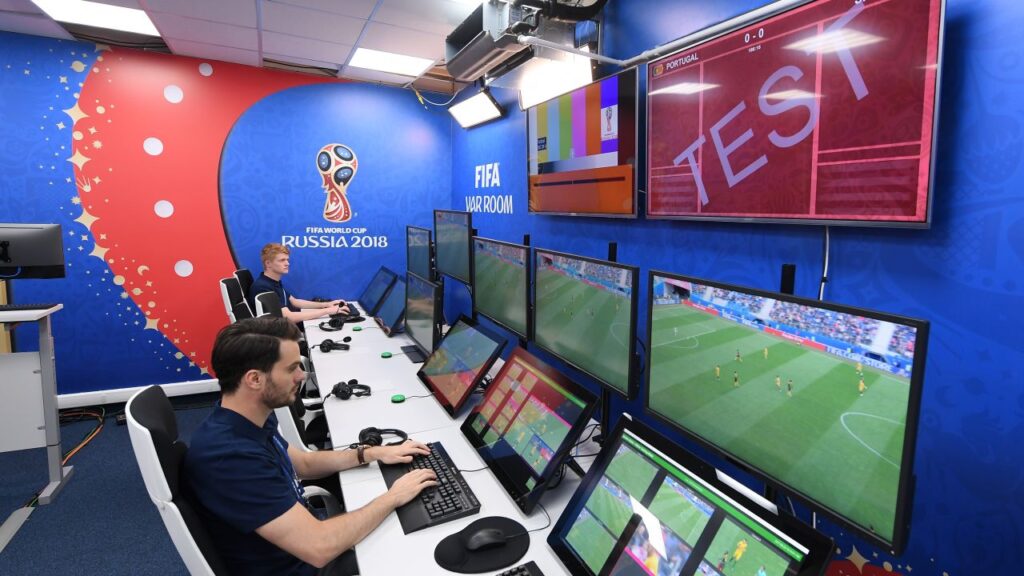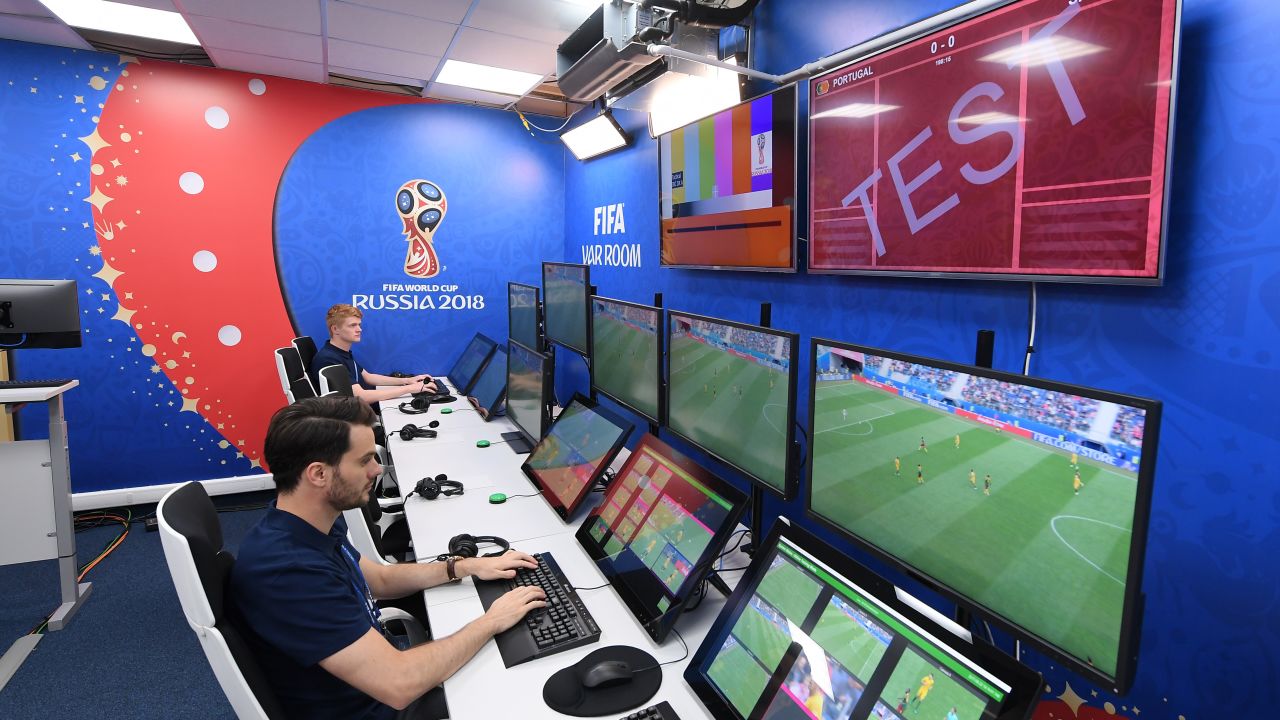15 Surprising Rules That Have Existed in Past World Cups
The FIFA World Cup has not only evolved in terms of players and tactics but also in the rules that govern the game. Across its history, fans have witnessed surprising World Cup rules that seemed bizarre at the time or influenced how matches were decided. Some rules vanished quickly, others shaped the sport for decades, and a few sparked heated debates among players, coaches, and fans. Here are 15 surprising rules that once existed on football’s biggest stage.
1) No Substitutions Allowed (1930–1954)
For the first five World Cups, substitutions were not permitted—even for injured players (FIFA). This meant teams often finished matches with fewer players if someone got hurt. The rule made endurance and toughness a bigger factor than tactics.

2) Matches Could Be Decided by Drawing Lots (1954)
Before penalty shootouts were introduced, tied group matches could be decided by literally drawing lots (Sports Illustrated). It was a bizarre and unfair way to determine a team’s fate. Thankfully, this rule was soon scrapped.
3) The Golden Goal Rule (1998–2002)
In the late 1990s, FIFA introduced the “golden goal” rule, where the first goal in extra time ended the match instantly (UEFA). It aimed to create sudden-death drama but instead led to cautious play. The experiment ended after 2002.
4) The Silver Goal Rule (2002–2004)
After golden goal backlash, FIFA tested the “silver goal” rule, where a team leading at the end of the first half of extra time would win (The Guardian). It lasted only two years before being scrapped. Fans and players found it equally confusing.
5) Replay Matches Instead of Penalties (1934–1970)
For decades, knockout games tied after extra time were replayed entirely on another day (FIFA). This rule added unpredictability and fixture congestion. Penalty shootouts eventually replaced it in 1978.
6) Goalkeepers Could Handle Back-Passes (Until 1992)
Before 1992, goalkeepers could pick up deliberate back-passes from teammates (FIFA). The rule slowed the game dramatically, as defenders exploited it to waste time. Its removal made football faster and more exciting.
7) Only One Player Could Be Booked per Foul (Before 1990s)
In earlier tournaments, referees often booked only one offender in mass confrontations, even if several players were guilty (The Guardian). This surprising rule gave room for unfair play. Stricter card systems standardized punishments in later decades.
8) No Red and Yellow Cards Until 1970
Before Mexico 1970, referees did not use red and yellow cards to communicate decisions (FIFA). Instead, verbal warnings often caused confusion among players and fans. The card system revolutionized match control.
9) Different Ball per Match (1930s–1950s)
In the early tournaments, the teams sometimes couldn’t agree on a ball, so each half was played with a different one (BBC). This bizarre rule even influenced scoring patterns. Standardization eventually solved the issue.
10) Uniform Color Bans
FIFA at times banned certain kit designs and colors, including black kits which could “confuse referees” (Sports Illustrated). Teams often had to scramble for alternatives. These surprising rules influenced the aesthetics of tournaments.
11) Sudden Death Penalties in Youth World Cups
Before standardization, some FIFA youth tournaments used sudden-death penalties immediately after regular time, unlike senior rules (ESPN). These experiments sometimes influenced World Cup discussions. Fortunately, senior tournaments avoided this chaos.

12) No Goal-Line Technology (Until 2014)
Before 2014, referees relied solely on eyesight for goal-line calls, leading to controversies like Frank Lampard’s disallowed 2010 goal (The Guardian). The absence of technology created bizarre debates. Goal-line tech has since eliminated such disputes.
13) Golden Boot Tie-Breaker by Minutes Played
For years, tied top scorers were separated by fewest minutes played (Sports Illustrated). This surprising method often punished players who featured more. FIFA later simplified the process.
14) The Away Goal Rule in Qualifiers
Though not in finals, qualifiers often applied the away goal rule to decide ties (UEFA). Fans found it both exciting and unfair. It never carried into the final tournament but influenced qualifiers heavily.
15) VAR Only Introduced in 2018
Video Assistant Referee (VAR) made its World Cup debut in 2018 (FIFA). Before then, controversial incidents stood without review. This surprising change transformed refereeing standards overnight.

FAQ
Why did FIFA experiment with so many rules?
Many of these rules came from FIFA’s attempts to balance fairness, excitement, and control of the game (Sports Illustrated). While some succeeded, others quickly faded away.
Which rule was the most surprising?
Fans often cite the drawing of lots and the golden goal as the strangest. Both highlight how far the game has come in developing consistent global standards (UEFA).
Suggested Internal Reads: The Art of World Cup Fan Displays & Tifos · Traveling Fans · Host Nation Home Support

